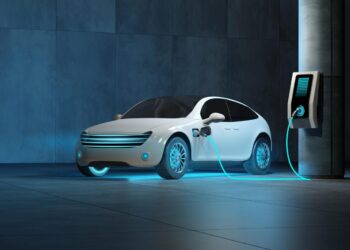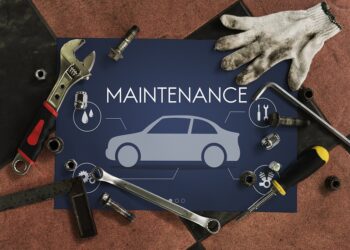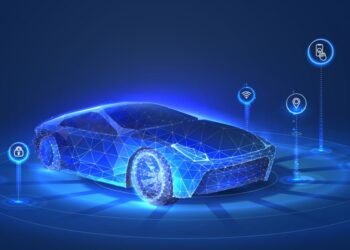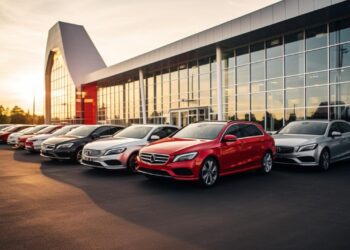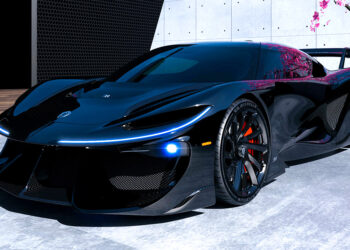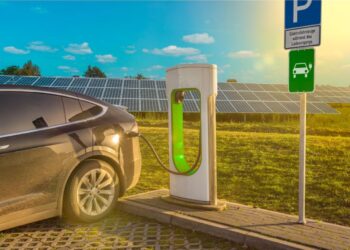The modern automobile is undergoing a profound transformation. What was once a mechanical device is rapidly evolving into a sophisticated, software-driven hub of connectivity. This shift is giving rise to the connected car ecosystem, a complex, interconnected network of vehicles, infrastructure, devices, and digital services. It’s a world where your car can communicate with your smartphone, your smart home, and even the city’s traffic lights. This is not a futuristic concept; it is a burgeoning reality that is fundamentally redefining our relationship with transportation, promising a future that is safer, more efficient, and deeply personalized.
This comprehensive guide will take a deep dive into the key components and innovations shaping this ecosystem. We will explore the critical role of vehicle-to-everything (V2X) communication, the power of over-the-air (OTA) updates, the monetization of data, and the new business models that are emerging. By the end, you will have a clear understanding of how the connected car is not just a feature but the foundation of a new era of mobility. The ecosystem is being built one connection at a time, and its influence will be felt in every aspect of our daily lives, from our commutes to our carbon footprint.
A. The Foundation of Vehicle-to-Everything (V2X) Communication
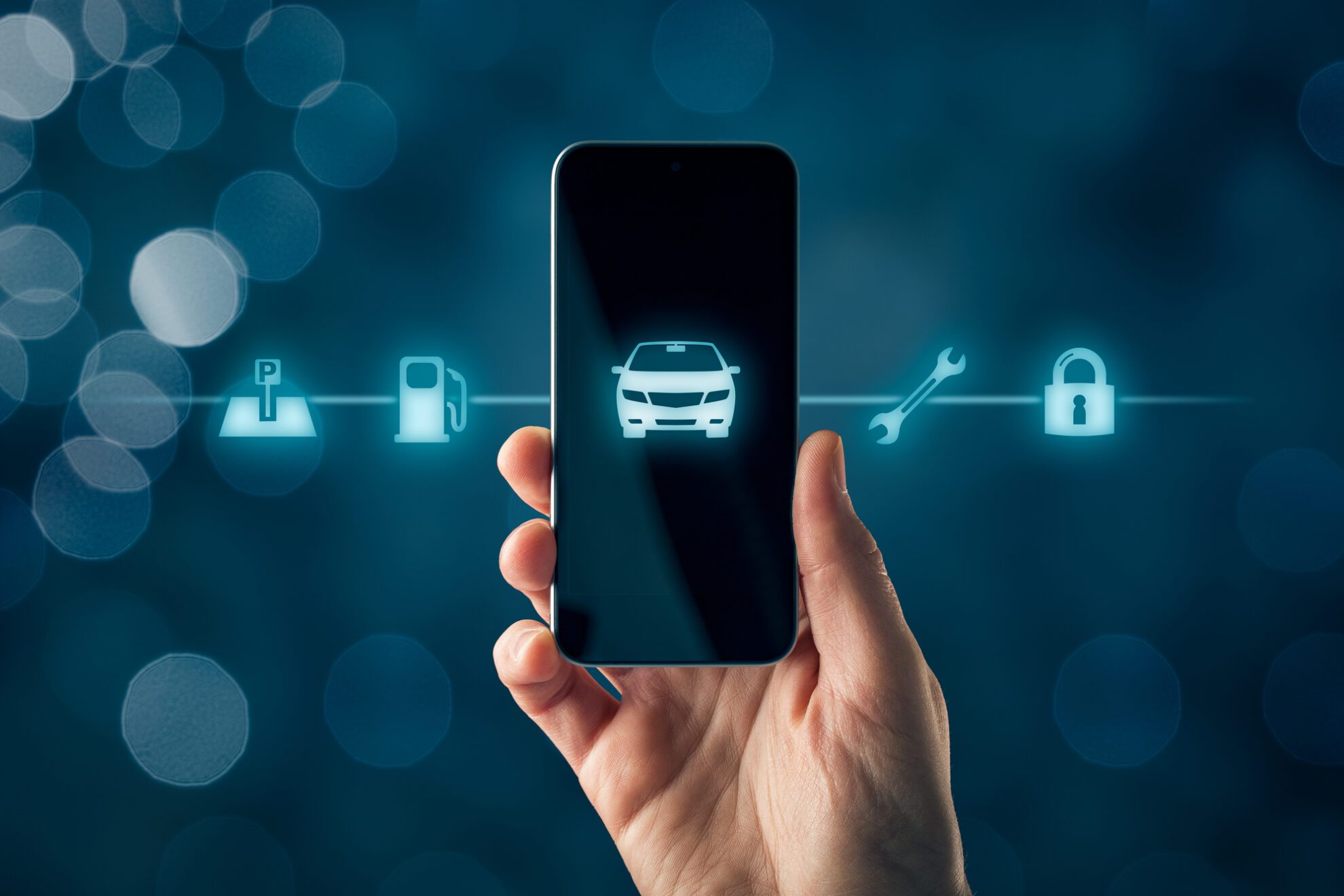
At the heart of the connected car ecosystem is V2X technology. This is the nervous system that allows a vehicle to communicate with its environment and with other entities, creating a real-time, 360-degree awareness that a human driver could never achieve alone.
- A. Vehicle-to-Vehicle (V2V): V2V allows cars to exchange real-time data with each other. A car can share information about its speed, location, direction, and braking status. This enables a new level of cooperative driving. For example, a V2V-enabled car can be instantly alerted to a sudden stop around a blind corner, allowing it to brake before the driver even sees the hazard. This technology has the potential to dramatically reduce collisions and traffic jams.
- B. Vehicle-to-Infrastructure (V2I): V2I communication allows a car to talk to the city’s infrastructure. It can receive data from smart traffic lights about the optimal speed to maintain a “green wave,” reducing fuel consumption and travel time. It can get real-time information about road construction, accidents, or available parking spots. V2I is a key component in building smarter, more efficient cities.
- C. Vehicle-to-Pedestrian (V2P): V2P technology uses a pedestrian’s smartphone or a wearable device to alert a connected car to their presence. This is especially useful in situations where a pedestrian may be obscured by a large vehicle or crossing against a red light. The car can then slow down or stop to prevent a collision.
- D. Vehicle-to-Cloud (V2C): V2C is the most common form of connectivity today. It allows a car to send and receive data from the cloud. This is how your navigation system gets real-time traffic updates, how your car can stream music, and how a manufacturer can collect data for diagnostics and over-the-air updates.
This V2X network creates a safety net that is always active, providing a critical layer of redundancy and intelligence that goes far beyond the capabilities of a human driver.
B. The Intelligent Car
The connected car is not just a hub for data; it is an intelligent, self-learning machine. The new horsepower is not from a bigger engine but from the power of artificial intelligence (AI) and the lines of code that run the vehicle’s operations.
- A. The Software-Defined Vehicle (SDV): The modern car’s functionality is increasingly defined by software rather than hardware. This allows manufacturers to add new features, fix bugs, and improve performance through over-the-air (OTA) updates. Your car is no longer a static product that starts to depreciate the moment you drive it off the lot; it’s a dynamic, continuously evolving digital device.
- B. AI-Powered Personalization: AI is learning our habits and preferences to create a deeply personalized in-cabin experience. The system can recognize different drivers and automatically adjust the seat position, climate control, and entertainment settings. It can even anticipate your needs, suggesting a route home when it’s your usual time to leave the office or playing your favorite podcast when you get in the car.
- C. Predictive Maintenance: The connected car is constantly monitoring its own health. AI can analyze data from a car’s various components to predict when a part is likely to fail. This allows for proactive maintenance, preventing breakdowns and extending the vehicle’s lifespan. The car can even alert the owner and schedule a service appointment automatically, all based on real-time data.
- D. AI in Advanced Driver Assistance Systems (ADAS): Even without full autonomy, AI is making cars smarter and safer. The AI in ADAS features, like adaptive cruise control and automatic emergency braking, uses data from sensors to make millisecond-by-millisecond decisions, which has been proven to significantly reduce the number of accidents caused by human error.
C. The New Business Models and Ecosystem Players
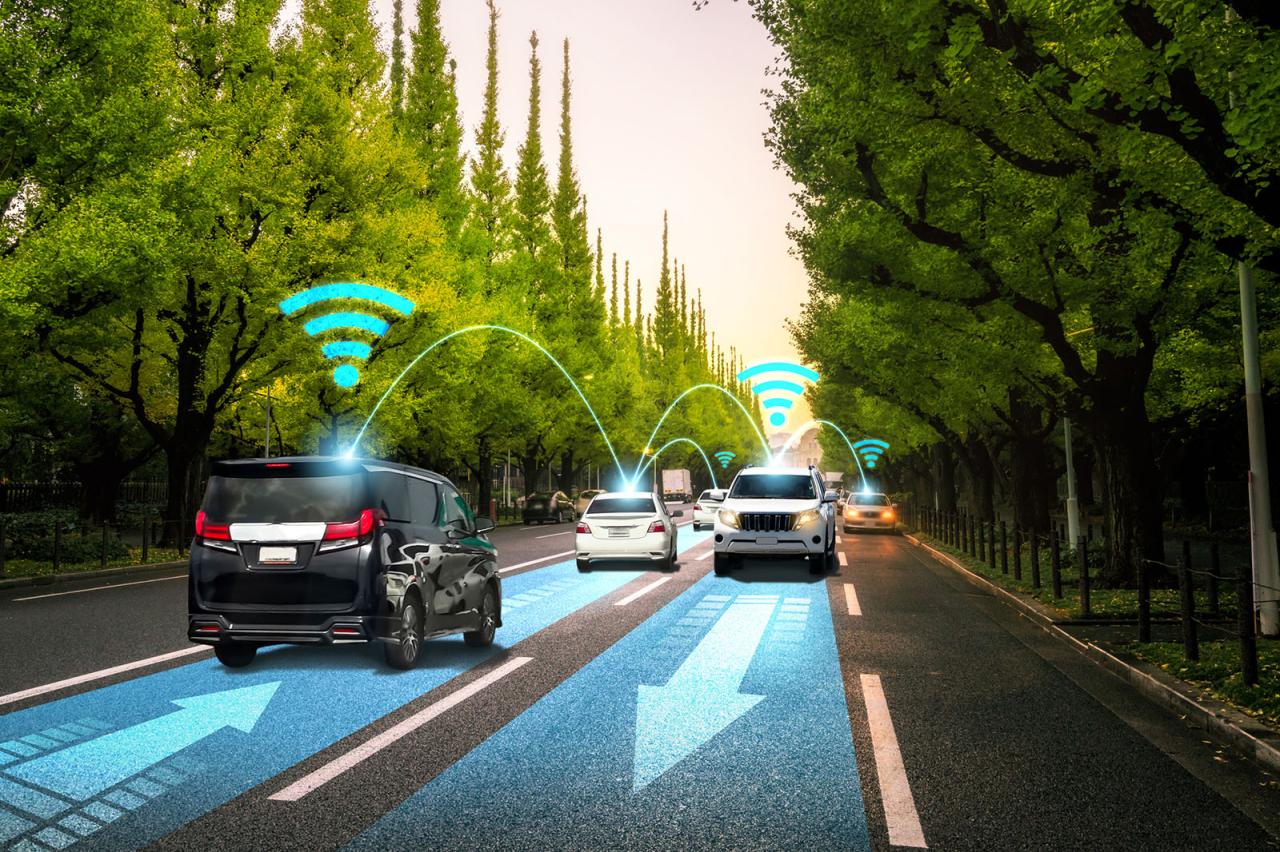
The connected car ecosystem is not just a technological revolution; it’s a business one. It’s creating new revenue streams, new partnerships, and entirely new business models that are changing the way we own and use vehicles.
- A. Data Monetization: The connected car is a data-generating machine, collecting information on everything from your driving habits to your music preferences. This data is a valuable asset that can be anonymized and sold to third parties, like insurance companies or retailers, to create new, personalized services. For example, an insurance company could offer a lower premium to a driver with safe driving habits.
- B. Mobility-as-a-Service (MaaS): The connected car is a key enabler of MaaS. By integrating ride-hailing, car-sharing, and public transit into a single, seamless platform, MaaS allows consumers to move from owning a car to accessing mobility as a service. This model is more efficient, more sustainable, and offers greater flexibility, appealing to a new generation of urban dwellers.
- C. New Partnerships: The connected car ecosystem is bringing together a diverse group of players who traditionally had no relationship with the automotive industry. Tech companies, telecommunications providers, software developers, and even retailers are all vying for a piece of the connected car market. This is creating a complex web of partnerships and collaborations that are accelerating the pace of innovation.
- D. The Aftermarket Ecosystem: The connected car has created a massive aftermarket for new products and services. From apps that help you find the cheapest gas to devices that add connectivity to an older vehicle, the aftermarket is a vibrant space for innovation that is helping to democratize the connected car experience.
D. Challenges and The Road Ahead
Despite the incredible potential, the connected car ecosystem faces significant challenges that must be overcome for it to reach its full potential. These are not just technical problems but profound ethical, societal, and regulatory hurdles.
- A. Cybersecurity and Data Privacy: A connected car is a prime target for hackers. A breach could not only compromise a driver’s personal data but could also be a physical threat. Ensuring robust, end-to-end cybersecurity is a non-negotiable requirement. Similarly, the collection and use of vast amounts of personal data raise serious privacy concerns that must be addressed through clear regulations and transparent policies.
- B. Standardized Communication: For V2X technology to work seamlessly, all vehicles and all infrastructure must be able to “speak the same language.” The lack of a universal communication standard has been a major roadblock to widespread adoption. Governments and industry leaders must work together to create a common protocol that all connected devices can use.
- C. Regulatory Framework: The rapid pace of innovation is outpacing the ability of governments to create a regulatory framework that can address the legal and liability issues of a connected ecosystem. Who is at fault in an accident involving a connected car that received a faulty signal from a traffic light? These are the complex questions that must be answered to unlock the full potential of this technology.
- D. Public Trust and Acceptance: The public must feel safe and comfortable with a world where their car is constantly connected and sharing data. Every security breach or data privacy scandal erodes that trust. Building this trust will require a sustained record of safety, a commitment to transparency, and a robust public education campaign.
Conclusion
The connected car ecosystem is a testament to the fact that the automotive industry is in the midst of its most profound transformation in a century. It’s a shift from a world of isolated vehicles to a new era of intelligent, interconnected machines that are an integral part of our digital lives. At the heart of this revolution is the ability of a vehicle to communicate with its environment and with other entities, which is creating a new level of safety, efficiency, and convenience. The most successful brands in this new era will be those that master the delicate balance between cutting-edge technology and a commitment to data privacy and security.
This is not just a technological evolution; it’s a societal one. The connected car ecosystem is creating a new reality where traffic jams are a thing of the past, where a car can predict and prevent a collision, and where your daily commute can be a seamless, personalized, and even enjoyable experience. While the challenges of cybersecurity, data privacy, and regulation are significant, the momentum is undeniable. The benefits—from a dramatic reduction in road accidents to a future with less traffic and pollution—are immense. The future of transportation is being built one connection at a time. It is a future where the car is not just a mode of transport but a key player in a smart, efficient, and sustainable world. The connected car ecosystem is not just a trend; it’s a powerful and transformative force that will reshape our urban landscapes and our daily lives for generations to come.


